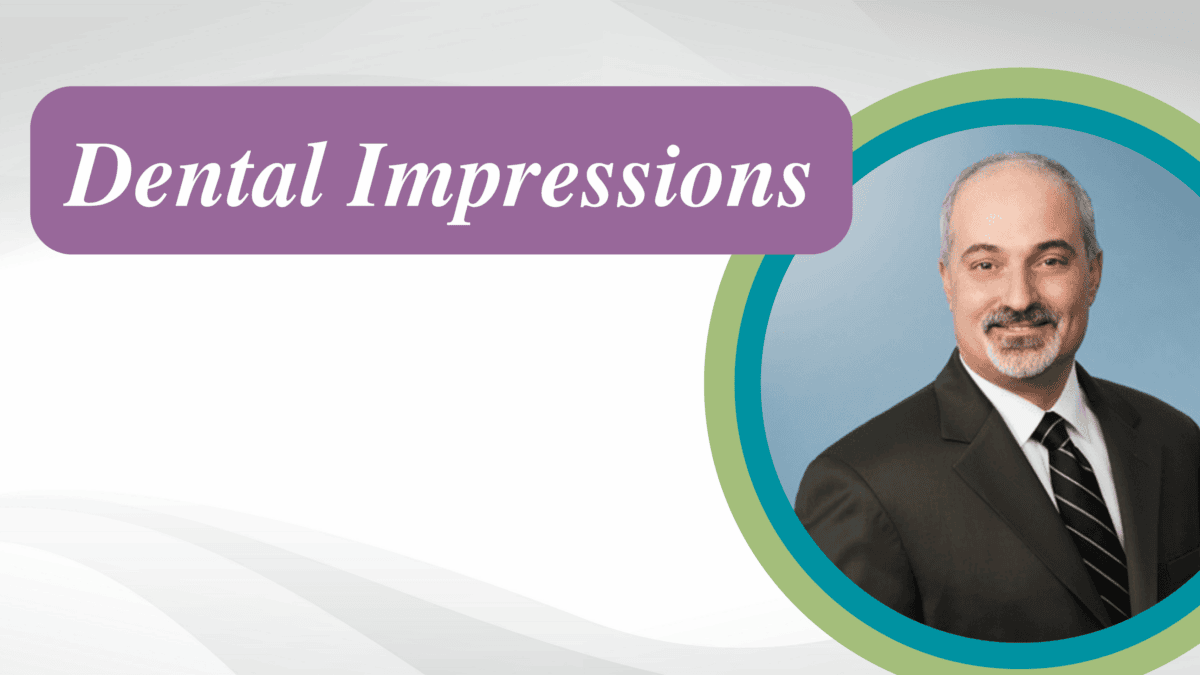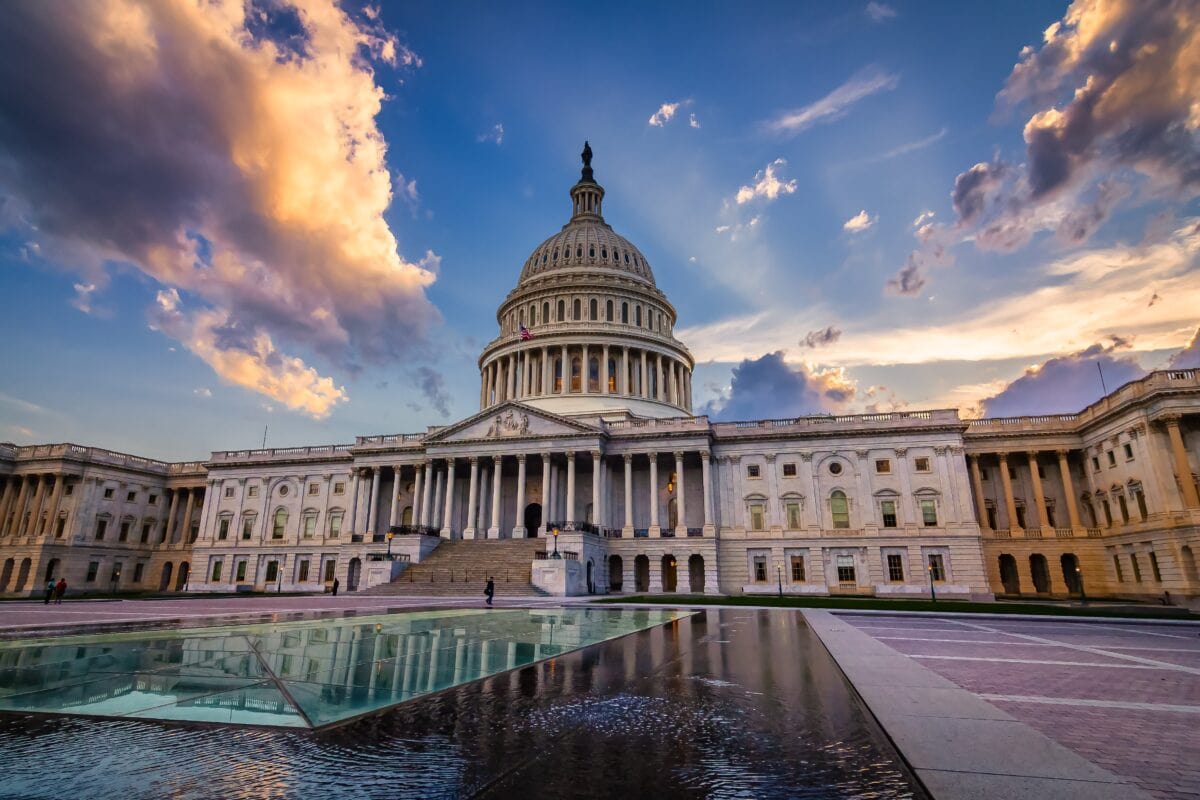News
Make America Healthy Again (MAHA) Needs Teeth—Literally | Opinion
Jun 04, 2025
By David Healy
The White House’s Make Our Children Healthy Again Assessment covers an array of chronic health concerns from obesity to diabetes, but it is missing the most common chronic childhood disease—cavities. Left unchecked, cavities impact academic, economic, and social outcomes, including lost school and work hours, lower self-esteem, and difficulty getting a job. With the Make America Healthy Again (MAHA) movement charting its course, we cannot ignore the critical relationship between oral health and overall health and wellness.
Tooth decay is roughly five times more common than asthma and seven times more common than hay fever, affecting nearly 46 percent of American kids. And it is entirely preventable. Without proper treatment and care, children are at higher risk for developmental impairment, chronic pain, disfiguration, and social isolation, according to the National Institute of Dental and Craniofacial Research. Untreated dental disease can even be life threatening, as in the case of Deamonte Driver, who died at age 12 after bacteria spread from an untreated tooth abscess to his brain. His death could have been prevented with a tooth extraction.

In establishing the MAHA commission, the administration outlined the movement’s focus on reducing chronic disease incidence and improving cost efficiency, with a specific emphasis on ending childhood chronic disease. This work is increasingly necessary as our health system grows more complex and chronic disease incidence worsens. And oral health is an important piece of this puzzle.
otably, one of the areas addressed in the MAHA Assessment is environmental drivers of chronic disease. The environment starts shaping the oral microbiome—the makeup of bacteria and organisms in our mouths—as soon as we are born. Research shows the oral microbiome links to systemic health issues including heart disease and diabetes. Chronic stress and poor diet are two additional important factors addressed in the report that directly impact oral health and the oral microbiome.
The report authors also rightly point out that chronic disease threatens our military readiness. Did you know untreated cavities or severe gum disease can disqualify you from enlisting? Oral health is one of the medical/physical eligibility tests along with mental health and obesity, which the Assessment categorizes as two of the primary reasons for why “over 75% of American youth (aged 17-24) are ineligible for military service.”
Tooth decay may not seem like a particularly important chronic disease to address on its surface, especially considering most people don’t think about cavities as a disease. But when we dig into the widespread impact of chronic conditions, as the White House did in this report, we can’t ignore the impact of oral health across our health outcomes, economy, and military readiness. It’s clear that oral health is intimately connected to what MAHA calls “the stark reality of American children’s declining health.”
The commission plans next to create a strategy to study dietary impacts and environmental exposures, changing policies to promote healthy food options and increasing research funding on the long-term effects of kids’ medications. Let’s encourage the administration to remember the importance of oral health and the significance of being able to prevent chronic dental disease so children can grow up with the best chance of optimal health and wellness.
David Healy is president of Sun Life U.S. Dental, which includes DentaQuest, the largest Medicaid and CHIP dental benefits administrator in the U.S., by membership.
The views expressed in this article are the writer’s own.
Source: https://www.newsweek.com/make-america-healthy-again-maha-needs-teethliterally-opinion-2079974




